
Dan Casey, senior editor at Nerdist.com, says he’s read more than his body weight in comics over the course of his life. He’s now put that passion — and quite a bit of research — into a new book called “100 Things Avengers Fans Should Know and Do Before They Die,” which hit Friday, the same day ” Avengers: Age of Ultron” opens in US theaters.
I interviewed Casey to find out more about what went into creating the book. Next, I held him captive in my secret underground lab, injected him with truth serum and made him reveal 10 of the things Avengers fans should know (including the deal with the shawarma-eating scene that appears after the credits in the first movie) so that I could share them with you, dear readers.
OK really, I just asked.
Here’s what he had to say.
How long did the book take to research/write? Although I wrote this book in fairly short order — over the course of roughly three to four months — I had been researching it all my life. Marvel Comics and its colorful history have long been an interest of mine, so when it came time to actually sit down and write it, the real challenge became paring down more than half a century of stories and ephemera into a cohesive reading experience. Plus, when I was growing up, my basement was a veritable Library of Alexandria of comic books thanks to my father’s years of collecting, so I read more than my body weight in comics.
Why “The Avengers”? Because they’re Earth’s Mightiest Heroes, duh. In all seriousness, the Avengers arguably have the most exciting, thrilling stories in the entirety of the Marvel Universe. Like their counterparts in the DC Universe, the Justice League, the Avengers have a unique attraction because they combine everyone’s favorite heroes into one supergroup. After following all of these individual heroes, the chance to see all these disparate personalities and power sets and ideals come together (or come to a head) under one roof is electrifying. Captain America might foil the Red Skull’s fascist plots in the pages of his solo book, but only the Avengers can stand against universe-ending threats that would fell all other comers. That, and they get to hang out in a totally sweet mansion. Seriously, it’s really, really nice.
Related stories
- ‘Avengers’ fanboy makes laser Iron Man glove that can do some damage
- Eye-popping ‘Avengers: Age of Ultron’ is almost too spectacular (spoiler-free review)
- How does Tony Stark’s body survive the forces of his Iron Man suit?
What was your favorite part of putting the book together? Honestly, the best part of putting the book together was going back and re-reading some of my favorite Avengers arcs like “Under Siege” (in which the Masters of Evil invade the Avengers Mansion), “Ultron Unlimited” (wherein Ultron conquers an entire country), and “Civil War” (a country is torn apart over the issues of slavery and states’ rights — wait, that may have been a Ken Burns documentary).
What surprised you the most in researching the book? I was most surprised to learn that before Marvel became the multibillion-dollar media empire that it is today, in 1971 then-publisher Chip Goodman sold off the rights for Marvel’s most popular characters — like Thor, Silver Surfer and Spider-Man, to name a few — to a concert promoter named Steve Lemberg for the horrifically low price of $2,500. These rights allowed him to adapt the characters for musicals, radio plays, films and more (as well as exercising near-total creative control). The only thing that ever came of that deal, though, was a silly Spider-Man rock album and a disastrous live show at Carnegie Hall.
If you had to predict what the “next Avengers” would be in pop culture, what would you choose? In a perfect world, it would be Brian Jacques’ “Redwall” series, but that’s never going to happen. More realistically, with “Star Wars” coming back and their plans to release standalone anthology movies in addition to the main episodes, the galaxy far, far away is going to be the next big thing. It’s weird to think that one of the biggest franchises of all time will be the next big thing, but history is cyclical, and the numbers don’t lie. If I had to choose a smaller franchise though, I wouldn’t mind if “Universal’s Classic Monsters” reboots created something interesting and enduring.
Read on after the gallery for your 10 tidbits.
Every geek movie we’re excited about in 2015
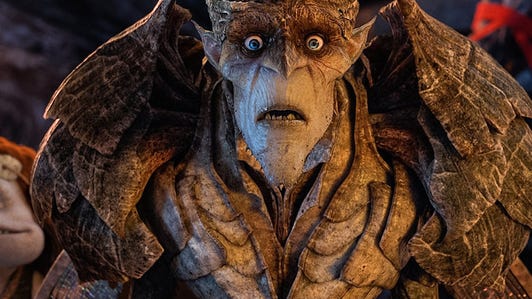

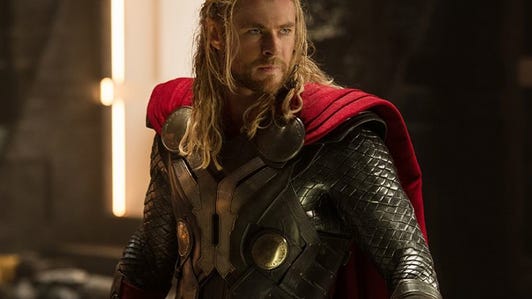

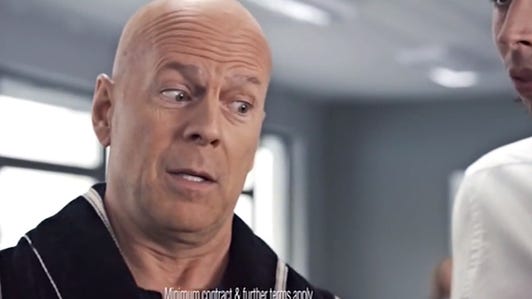

+52 more
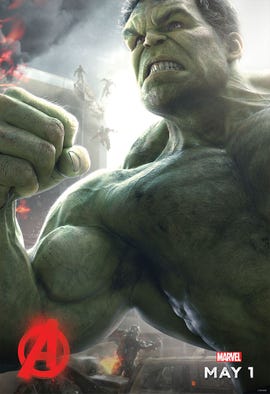

Marvel
1. The Hulk is green not because of gamma irradiation or because his skin is essentially bruising when he rapidly transforms from Bruce Banner into the Incredible Hulk; rather it was due to printing limitations at the time. The Hulk was originally gray, but that color of ink proved too expensive to use on a regular basis, so Marvel opted for the far cheaper alternative of green.
2. The Avengers Mansion is the Avengers’ base of operations in the comics, a beautiful estate once owned by Tony Stark’s parents, nestled in the heart of Manhattan. A real estate company called Movoto ran the numbers and estimated that an unfurnished Avengers Mansion based on the reported location would cost you $113.2 million.
3. Odin’s Ravens are more than just a non sequitur exclaimed by Ron Burgundy; they’re an enduring part of both Norse mythology and the Thor canon. Odin famously had two ravens, Huginn and Muninn, which he used to send information back and forth between Asgard and Midgard (Earth). When Thor extracts Loki from the Quinjet toward the beginning of Avengers, two ravens can be seen flying overhead, which is a nice little Easter egg for mythological-inclined viewers.
4. The Wasp is one of the founding members of the Avengers in the comics, but she is nowhere to be seen in the Marvel Cinematic Universe. Joss Whedon revealed in a Q&A at the Directors Guild of America that his original draft for “The Avengers” heavily featured the shrinking superhero, but he wound up having to cut her. The rumor on the street is that we may see her in flashback form in Ant-Man, but only time will tell.
5. Stan Lee isn’t the only member of Marvel’s creative team to appear in cameo roles. In Thor, writer J. Michael Straczynski can be seen as the first man trying to lift Thor’s hammer Mjölnir, and legendary Thor writer Walt Simonson appears in the banquet scene at the end, sitting between Volstagg and Lady Sif. Likewise, in “Captain America: The Winter Soldier,” writer Ed Brubaker can been seen as a S.H.I.E.L.D. scientist.
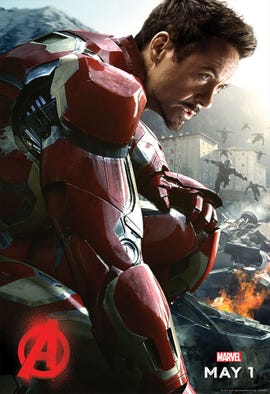

Marvel
6. Iron Man’s armor has been worn by many people over the years, including Jim “Rhodey” Rhodes, Happy Hogan, Pepper Potts, and Bethany Cabe. However, the most unexpected person to ever wear the iconic armor was Peter Parker’s Aunt May, who appeared as the Invincible Golden Oldie in 1982’s What If? #34. To be fair, she has been a herald of Galactus too, so it’s not that ridiculous if you think about it.
7. The shawarma scene’s origin can be traced back to Nicholas Brendon’s audition for Buffy the Vampire Slayer. After an excellent audition for the role of Xander, Brendon said, “Does anybody feel like shawarma? I feel like some shawarma!” Whedon recalled, “I was like, ‘This guy speaks to me!’ And that’s when I knew there wasn’t any other Xander.” Clearly, the actor wasn’t the only thing that had a lasting impact on Whedon.
8. Captain America may be called the “First Avenger” in the Marvel Cinematic Universe, but he was not a founding member of the team in the comics. Cap was still in deep freeze when the Avengers originally formed, and he didn’t join the group until issue #4.
9. Star Wars actually wound up saving Marvel Comics from financial ruin in the late 1970s. In order to promote their then-unknown sci-fi story, the Star Wars team gave Marvel Comics the rights to a six-issue comic adaptation of the movie for essentially the price of free. Since two of the issues had to come out before the film premiered, there are many scenes and characters in the comics that do not appear in the final film. Case in point, Jabba the Hutt is a weird, jaundiced, bipedal walrus man rather than the slimy slug we all love to hate.
10. Agent Coulson’s Captain America playing cards aren’t just a clever piece of emotional manipulation to be used at Nick Fury’s Machiavellian whims; they also contain an Easter egg. One of the cards features Captain America mid-punch, an homage to the famous cover of 1940’s Captain America #1, which featured Cap throwing a haymaker into the face of Adolf Hitler himself. No wonder Coulson likes him so much.




